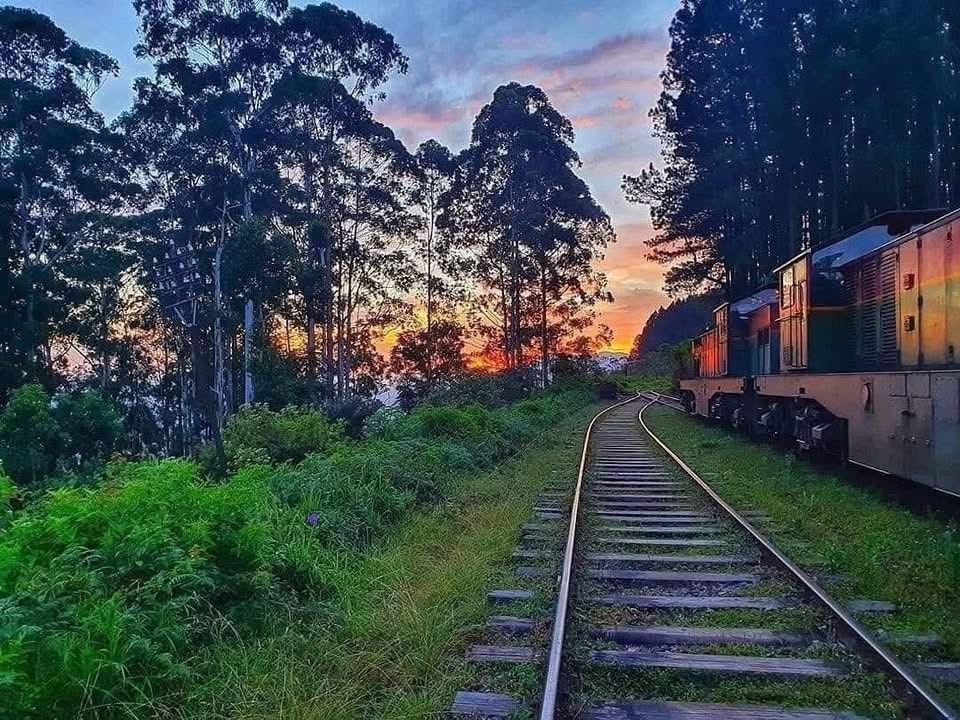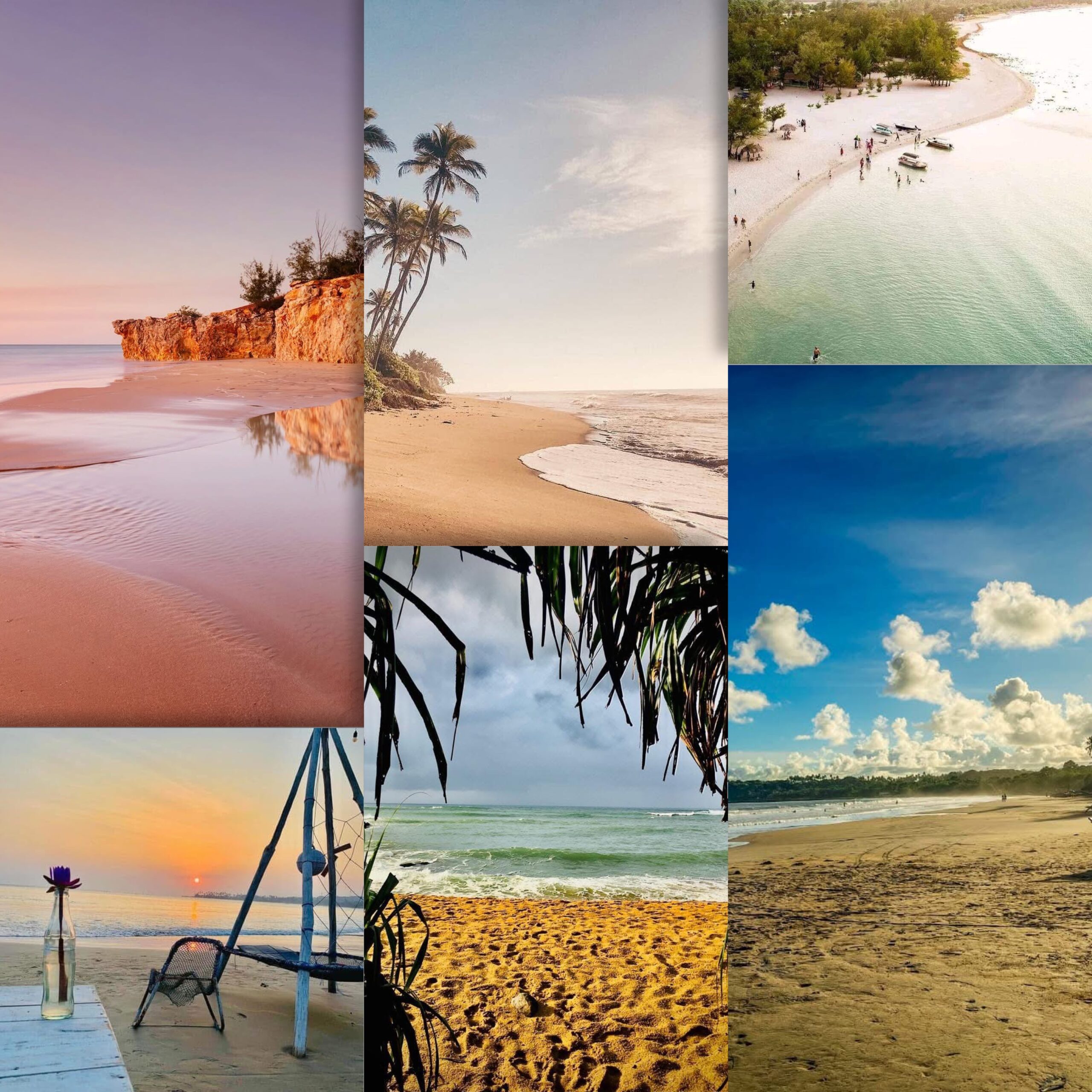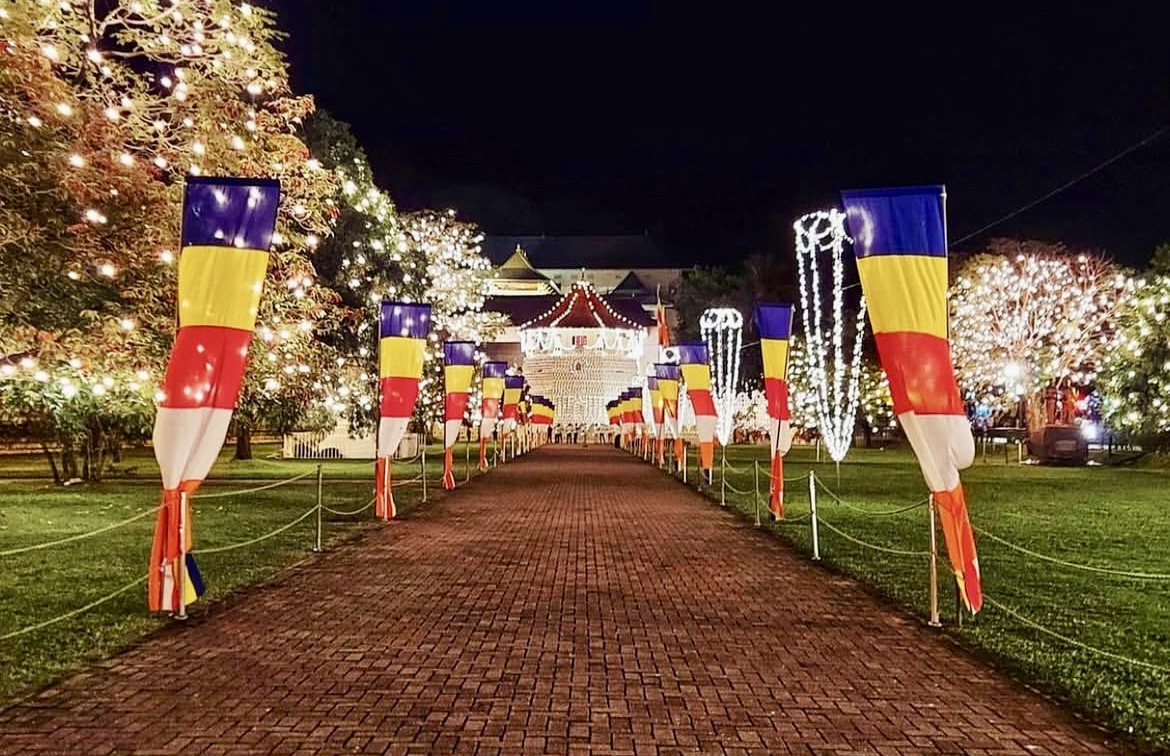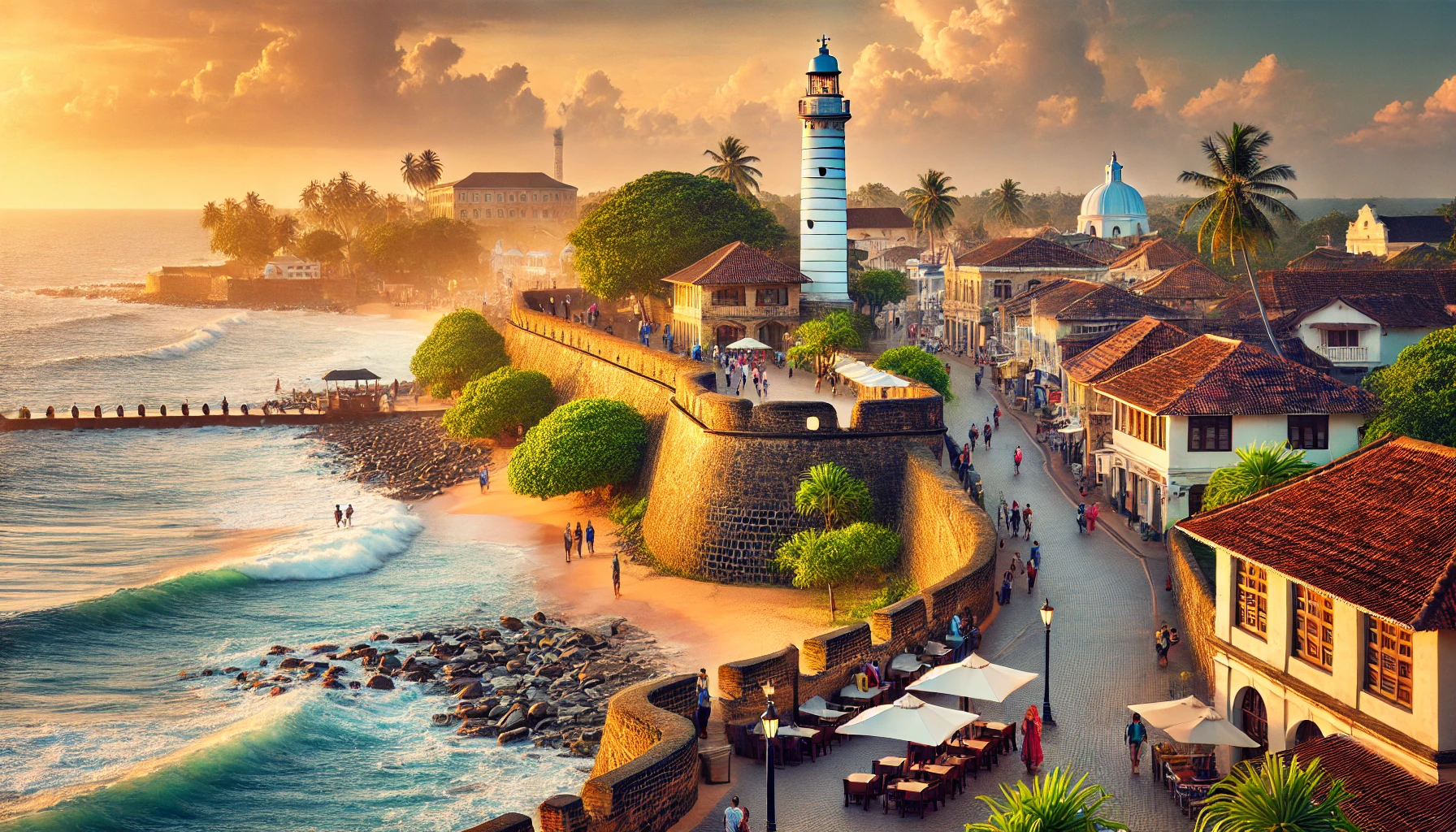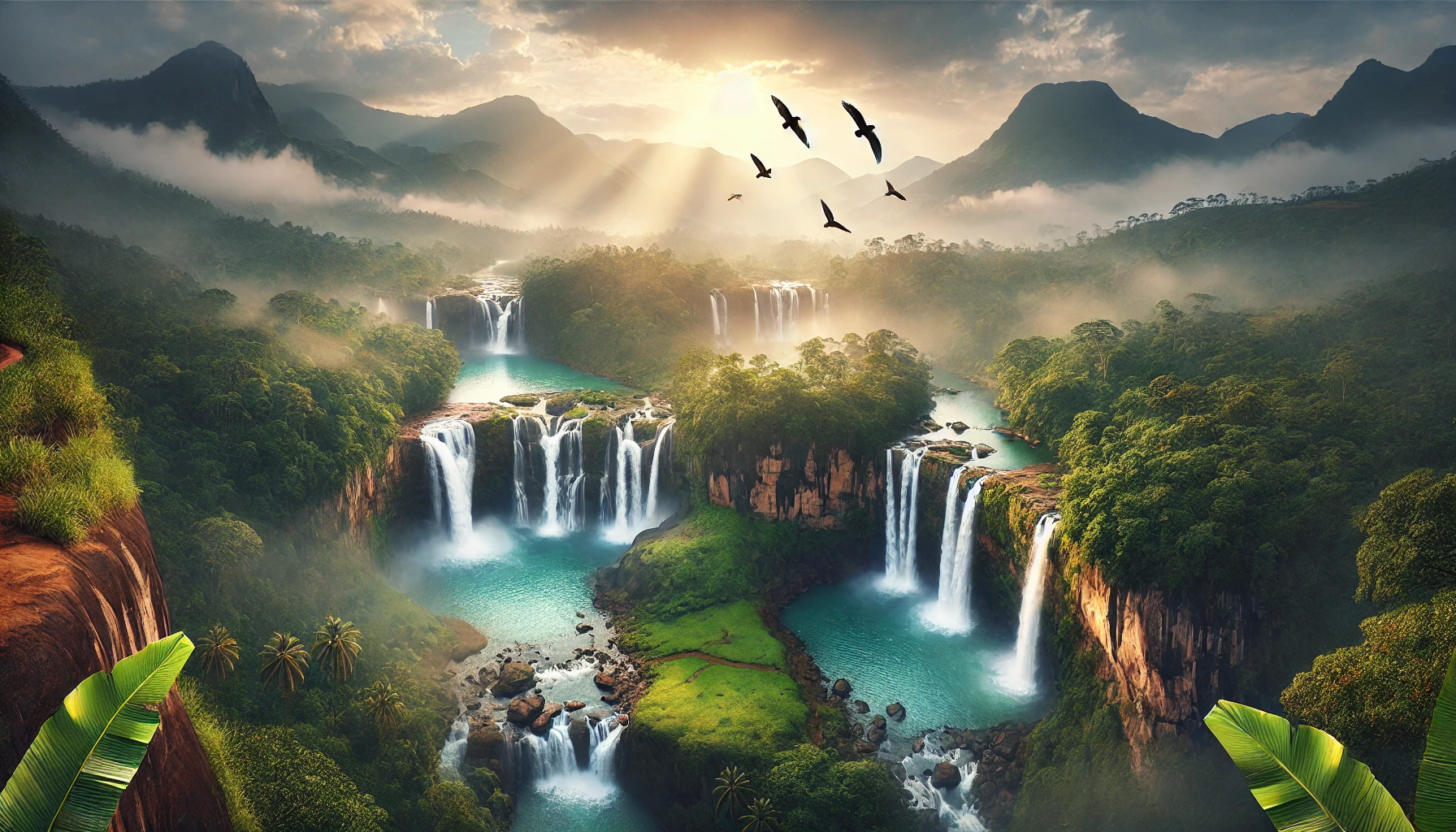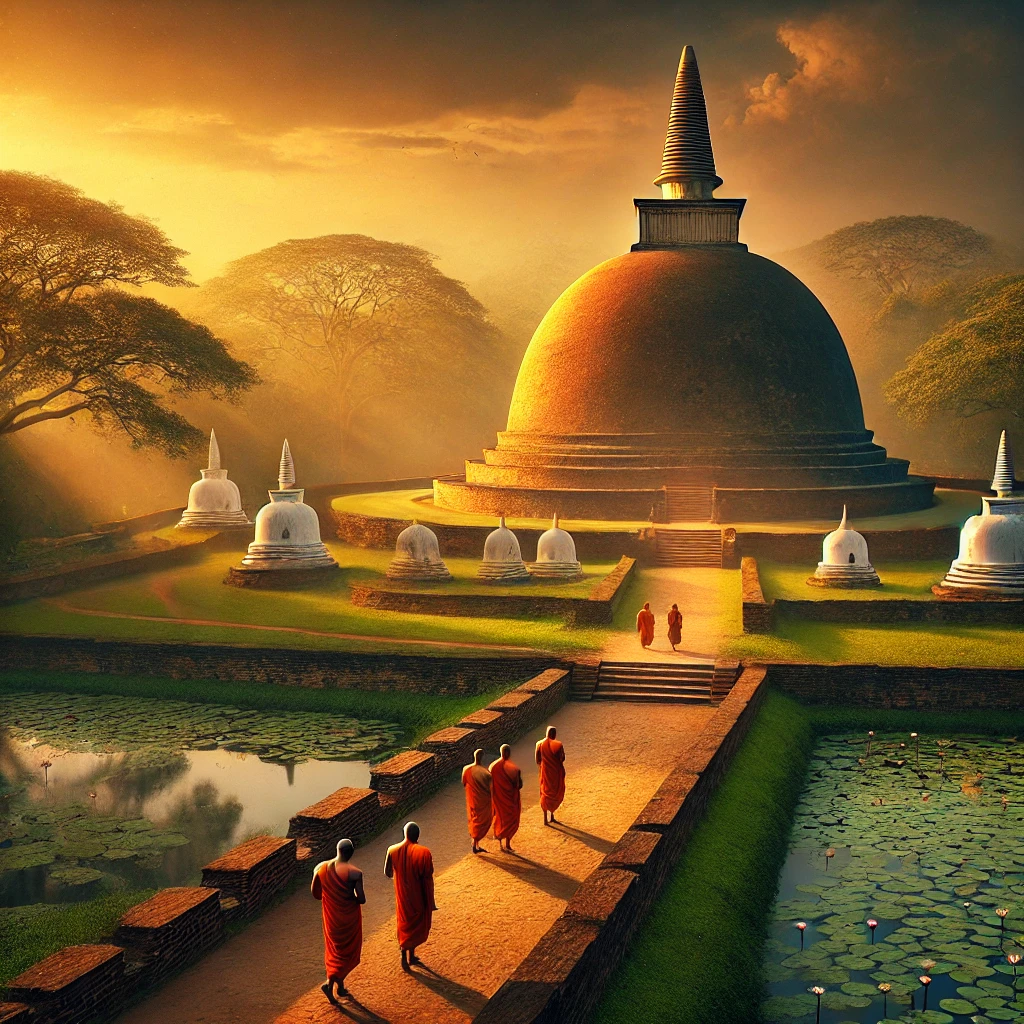Welcome to the Enchanting Nuwara Eliya Season
When April arrives in Sri Lanka, one destination transforms into a vibrant wonderland of color, festivity, and colonial charm—Nuwara Eliya! Known as “Little England,” this picturesque hill station comes alive during the Nuwara Eliya Season, attracting locals and travelers alike. Whether you’re seeking breathtaking landscapes or thrilling events, the Nuwara Eliya Season provides what you need. If you want a cool retreat from the tropical heat, it offers an unforgettable seasonal experience.
In this guide, we’ll explore:
✔ The historical significance of the Nuwara Eliya Season
✔ Key attractions and seasonal highlights
✔ Travel tips for making the most of your visit
✔ Nearby places to explore for a full adventure
The History and Significance of the Nuwara Eliya Season
Nuwara Eliya is nestled in the central highlands at over 1,800 meters above sea level. It was developed during British colonial rule as a cool-climate retreat. British planters and governors found the misty hills reminiscent of England, shaping its architecture and culture.
April marks the peak of the Nuwara Eliya Season, coinciding with the Sinhala and Tamil New Year. It’s a time of festivities. There are horse races, flower shows, and cultural events. This makes it one of the most anticipated periods in Sri Lanka’s travel calendar.
Seasonal Highlights: What to Experience in Nuwara Eliya
🌸 Hakgala Botanical Garden in Full Bloom
Hakgala is one of the finest botanical gardens in Sri Lanka. It bursts into a riot of colors during the Nuwara Eliya Season. It features rare orchids, roses, and exotic blooms. A must-visit for nature lovers and photography enthusiasts!








(Photos credit to the rightful owners)
🐎 Thrilling Horse Races at the Nuwara Eliya Racecourse
The Nuwara Eliya Racecourse dates back to the colonial era. It hosts exciting horse races during the season. These events attract elite crowds. They add a touch of old-world charm to the festivities.
🌺 The Grand Flower Show at Victoria Park
Victoria Park becomes a paradise of meticulously landscaped flower displays. It is filled with exotic plants and serene walking paths, making it a perfect escape. It is ideal for relaxation and photography during the Nuwara Eliya Season.




(Photos credit to the rightful owners)
🚗 Scenic Drives Through Tea Plantations
Start your adventure through rolling tea estates. Visit locations like Pedro Tea Estate and Damro Labookellie. Witness tea plucking, learn about the art of Ceylon tea production, and sip a freshly brewed cup with a view.
🎡 Carnivals, Festivals, and Street Bazaars
The city’s streets transform into a bustling carnival atmosphere. They feature game stalls, along with food vendors and cultural performances. These elements capture the festive spirit of the Nuwara Eliya Season.
Travel Tips for Experiencing the Nuwara Eliya Season
✔ Best Time to Visit: The season peaks in April, coinciding with Sinhala and Tamil New Year celebrations.
✔ What to Pack: Bring warm clothing, as temperatures can drop to 10°C (50°F) at night.
✔ Getting Around: Tuk-tuks, taxis, and rented scooters are great for exploring the town.
✔ Where to Stay: Book accommodation in advance, as hotels fill up quickly during the season.
✔ Local Etiquette: Respect cultural traditions, especially around temples and religious sites.
Nearby Attractions and Extra Recommendations
Make the most of your trip by exploring these breathtaking locations:
🏔 Horton Plains National Park & World’s End – A stunning hiking trail leading to a dramatic cliffside viewpoint.








(Photos credit to the rightful owners)
⛰ Lover’s Leap Waterfall – A hidden romantic waterfall near the tea estates, ideal for a peaceful nature escape.
🌊 Gregory Lake – Enjoy boat rides, picnics, and scenic strolls along this iconic highland lake.
🚂 Train Ride to Ella – Take one of the world’s most scenic train journeys. Travel through misty hills. Experience lush tea plantations and charming villages.
Conclusion
The Nuwara Eliya Season offers an unparalleled experience. It is a blend of colonial charm. You can also enjoy the floral beauty, festive spirit, and stunning landscapes. You can be drawn to horse races, botanical gardens, or the tranquility of tea estates. This highland retreat is a must-visit in April.
🌿 Plan your Nuwara Eliya adventure and embrace the magic of Sri Lanka’s hill country! 🏇✨
🔗 For more travel insights and cultural guides, visit the Sri Lanka Tourism Official Website : https://www.sltda.gov.lk/en
